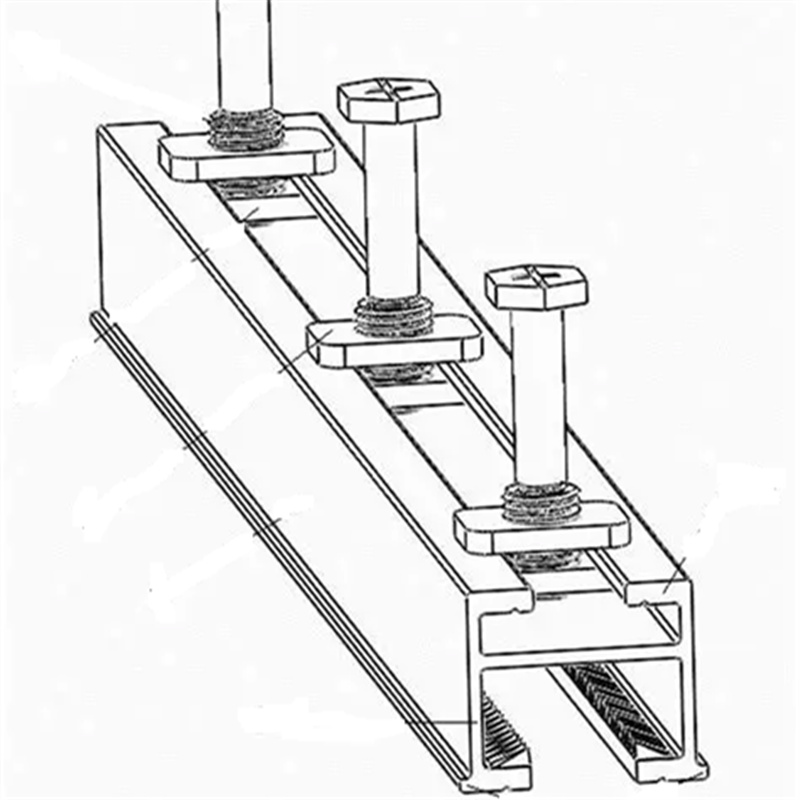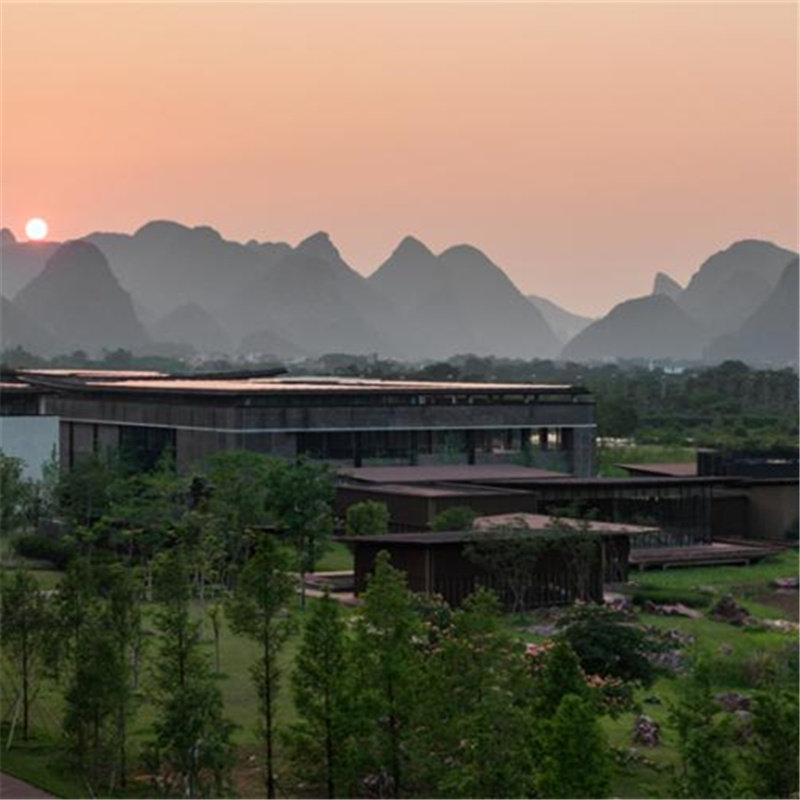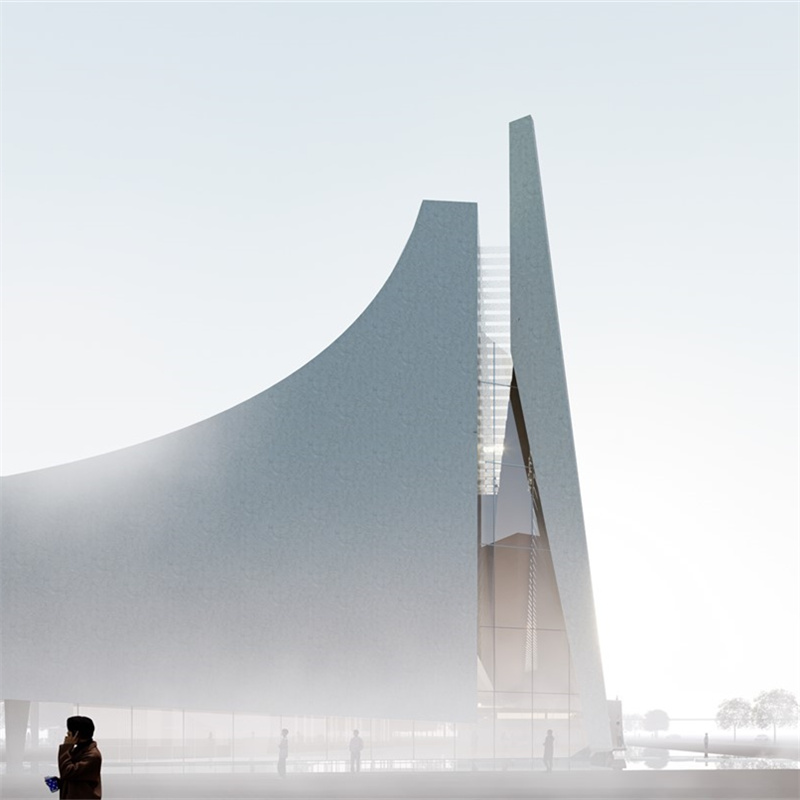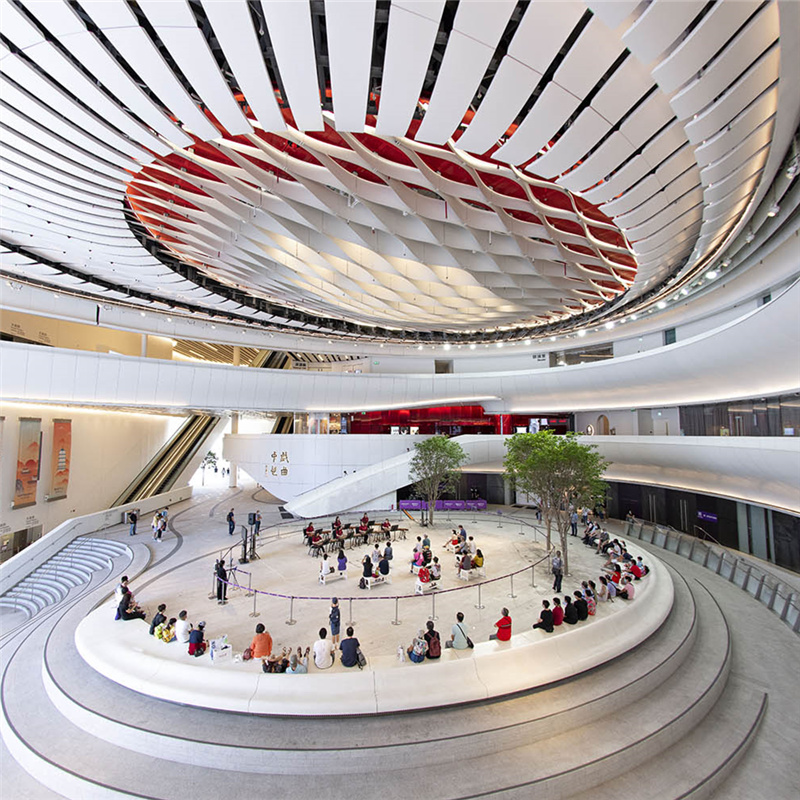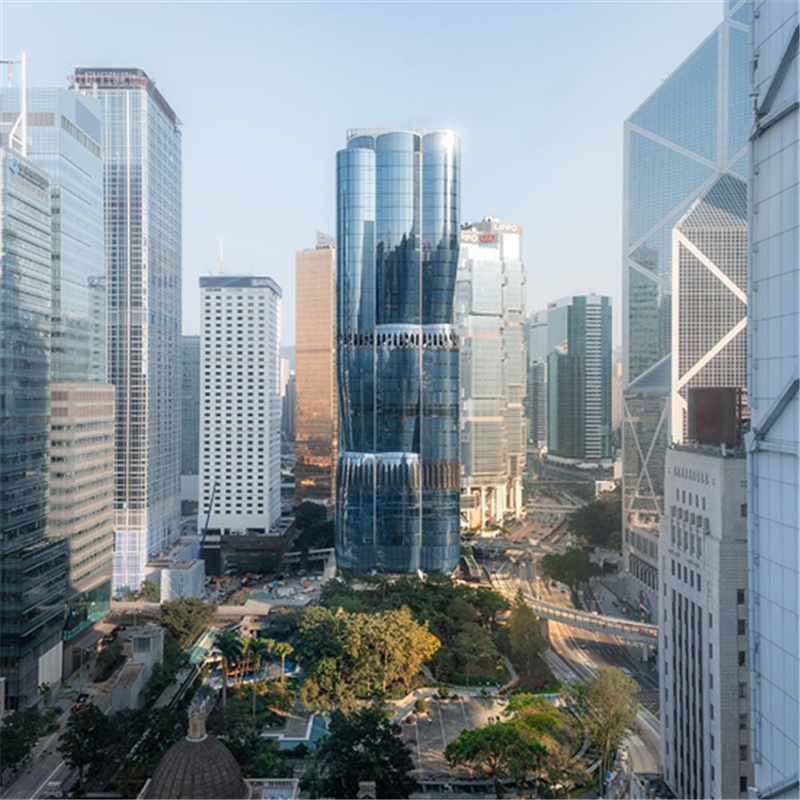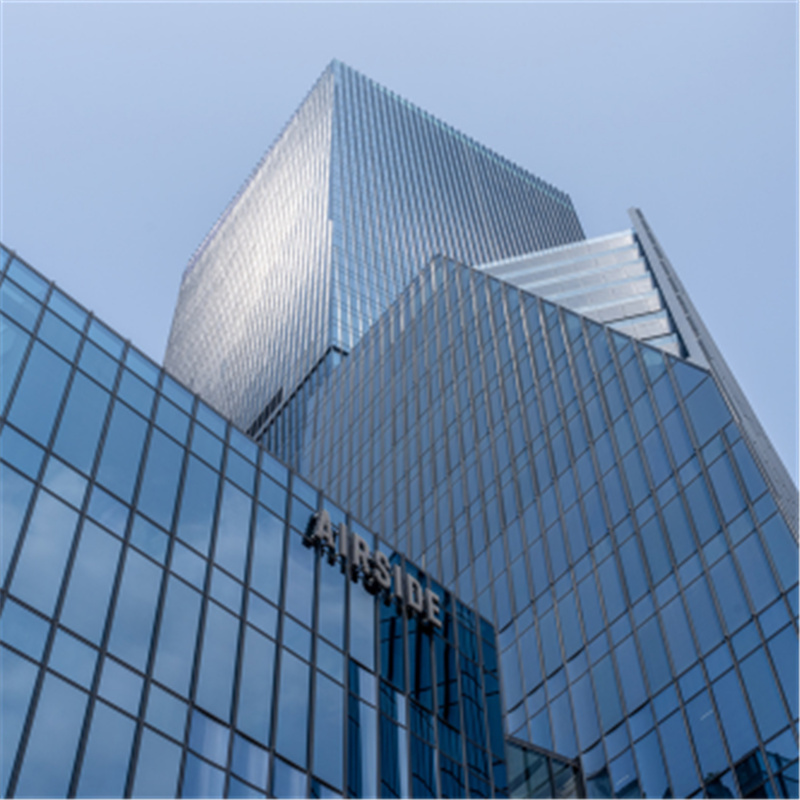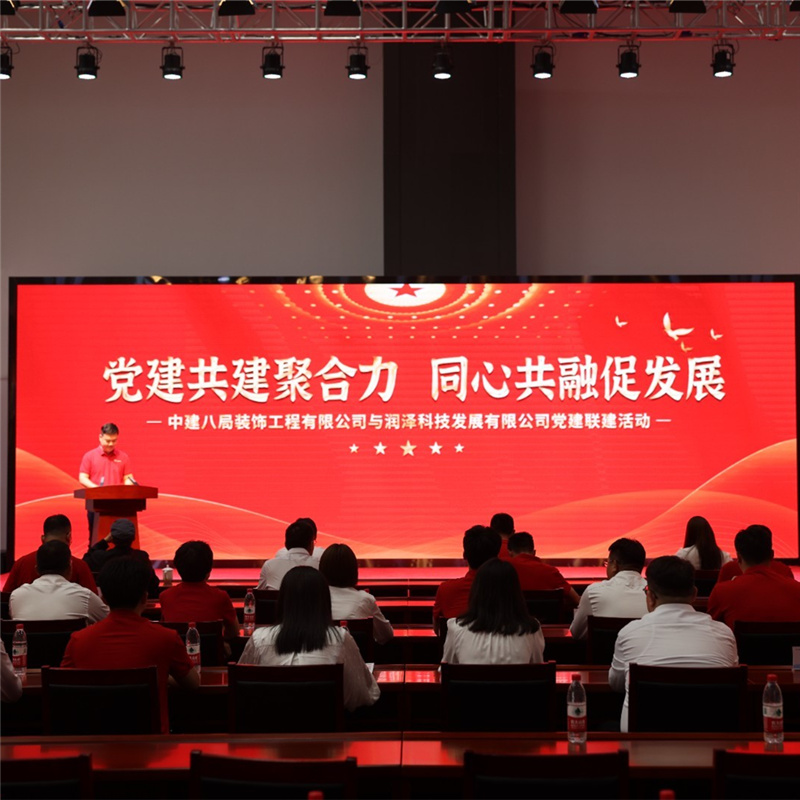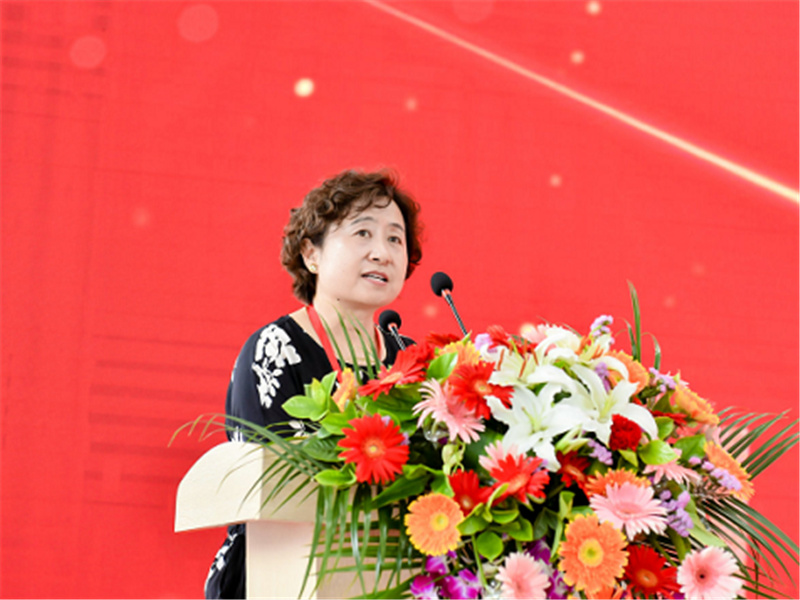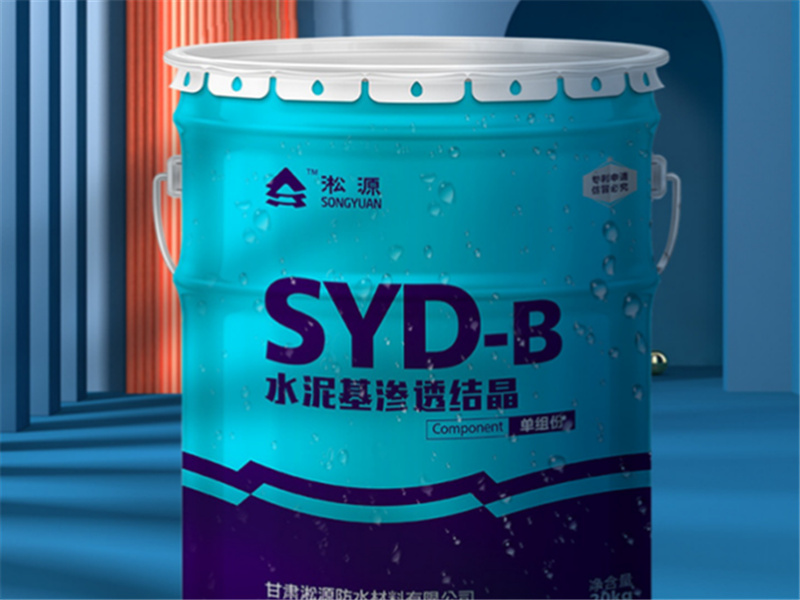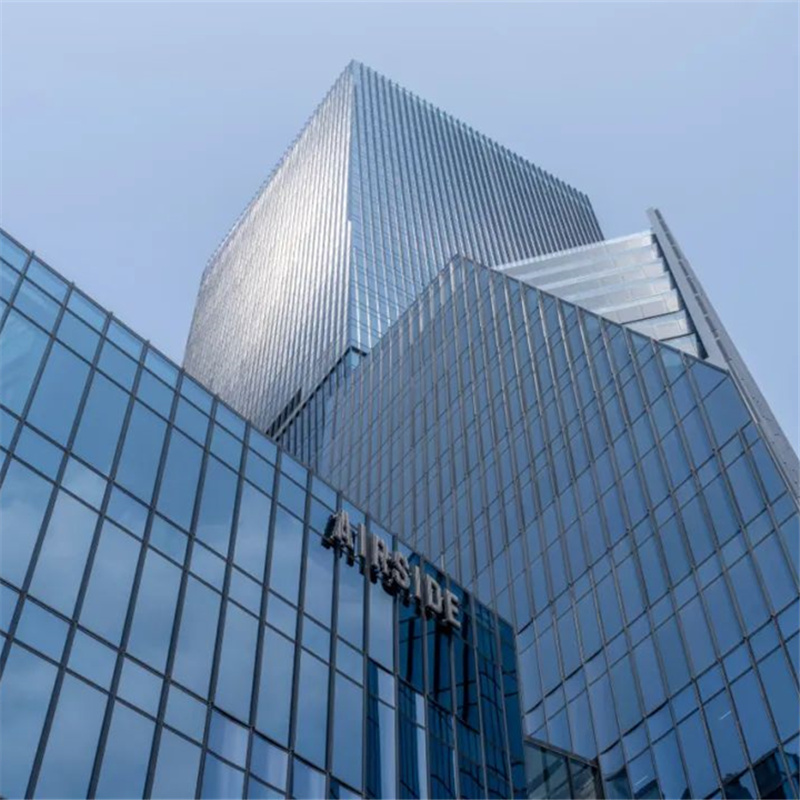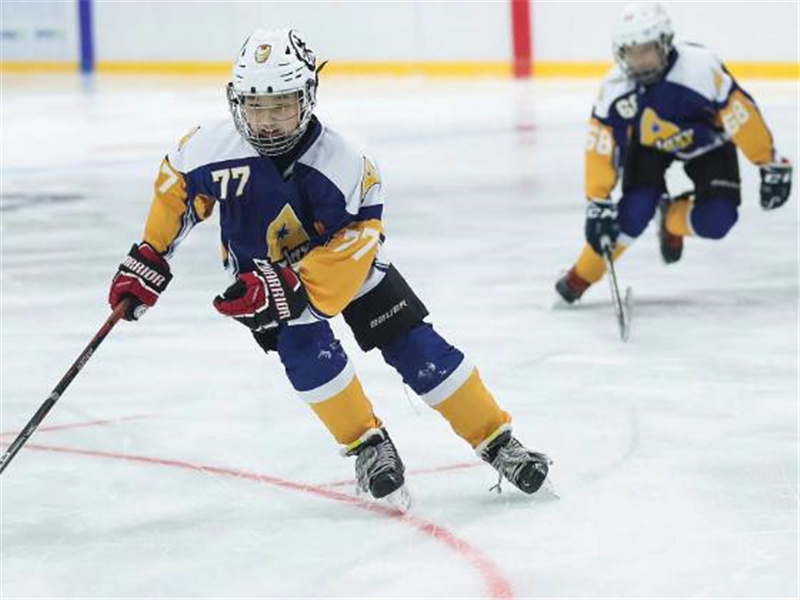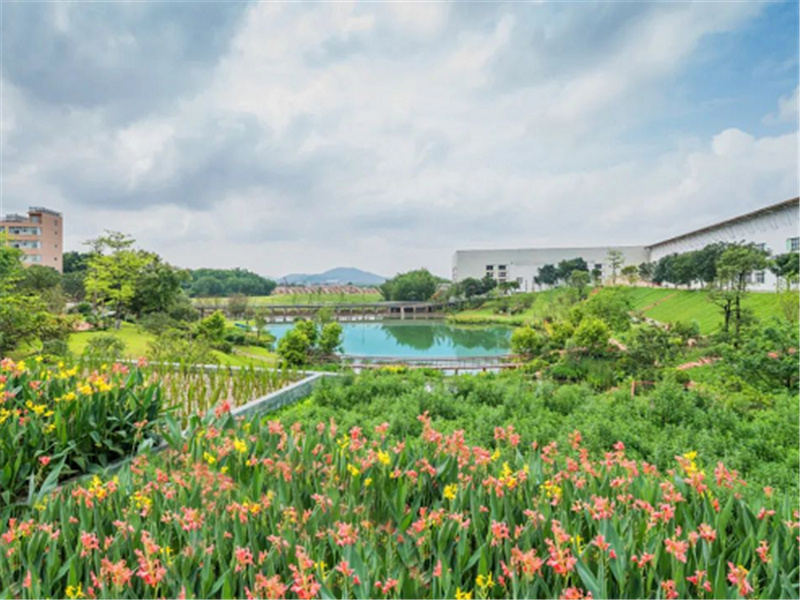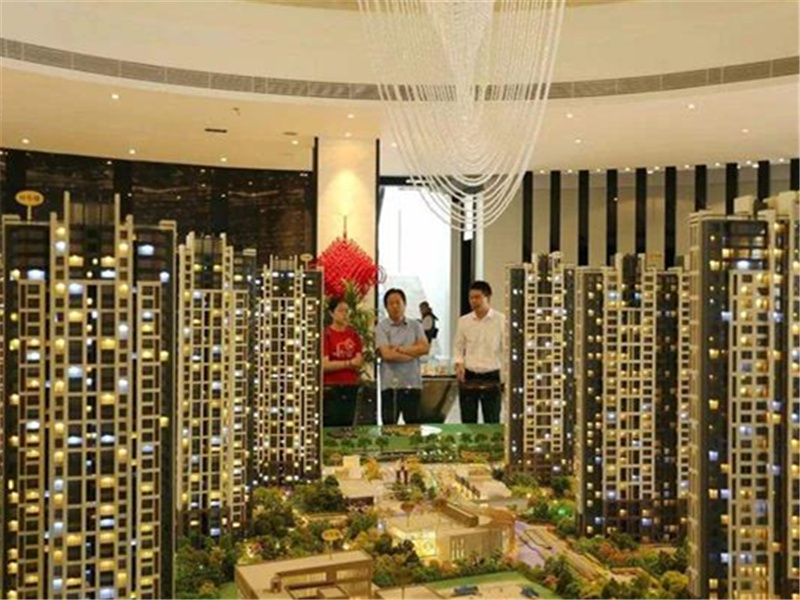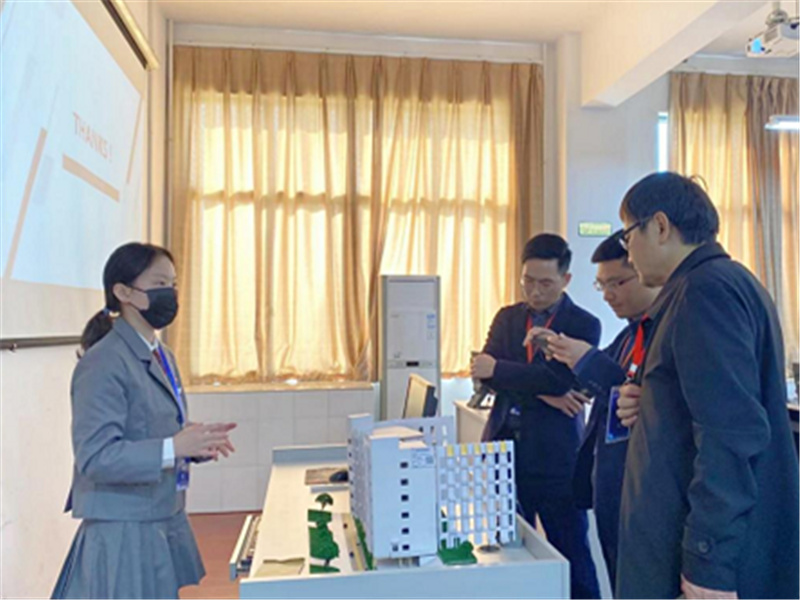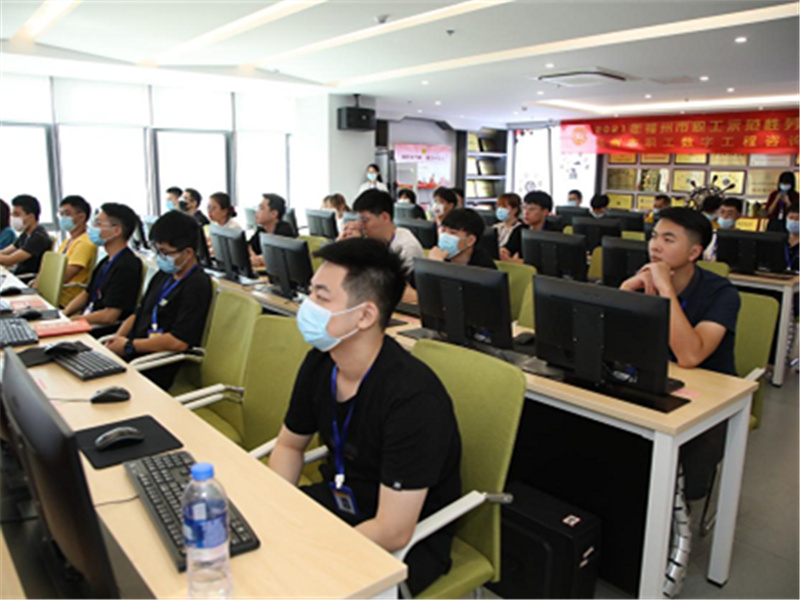近日,三场建筑学课程展览在我校和王宅村开幕。来自建筑与设计学院的大一同学在Ralph Spencer Steenblik、Evan Saarinen和Linnéa Moore三位教授的指导下,利用ARCH1000课程策划准备了这次展览。三场独具特色的展览引来师生纷纷驻足欣赏。
我校Ralph Spencer Steenblik 教授指导的展览以“空间和结构”为主题,尝试让即将拆除的建筑获得“新生”。王宅村是我校的规划建设用地,该村目前已启动搬迁。同学们在王宅村内选择项目基地,利用已学知识,结合基地实际情况,在工作室制作缩小版等比例模型,同时在基地建筑内设计并搭建新的结构。
陈锦楷同学认为,通过这次学习,他获得了新的思考方式。他说,Spencer教授在指导他时常常鼓励他进行独立思考,在结构上寻求可行性,在空间上关注实用性。“空间是可以决定和改变人们的感觉,要从人的需求出发,把理论大胆付诸于实践!”
由Evan Saarinen教授指导的“抽象元素”主题展览布置在GEH C区一楼。该组展览以著名别墅萨伏伊别墅(The Villa Savoye)为基础,要求学生使用制图软件利用别墅中的元素作画。展出的作品以抽象作品为主,又因为常见元素的运用,这些抽象画又能给观赏者带来熟悉感。
“他在教学过程中指导我们疯狂的思考,每节课都是一场头脑风暴,他总是可以给我们提供许多绝妙的点子”,该组成员刘人源说“他还要求我要保持思考,的确,思考对于一个建筑师来说至关重要。”
同样布置在GEHC区一楼的还有以“混凝土”为主题的展览,这是由Linnéa Moore教授指导的一场展览。
为什么选择混凝土为原材料?这样设计课程的目的是什么?在开幕式结束后,我们有幸与Linnéa Moore教授进行了简单的采访,听听她怎么说:
记者:林尼亚教授早上好,很高兴您可以接受我的采访。在采访开始前,我想问您现在心情如何?
Linnéa Moore教授:非常兴奋。这是学生第一次接触混凝土,展览使学生能够在工作室之外欣赏和评价他们作品。
记者:您可以简单描述一下课程内容吗?
Linnéa Moore教授:这是一门建筑学概论课程,通常在建筑学第一学期之前进行,但由于大流行,这门课程被转移到了冬季学期。学生们对建筑学有一定的了解,但他们还是一年级的学生。我认为这一个月是一个很好的机会去尝试一些他们本来不会接触到的东西。本课程的重点是混凝土。学生们正在探索这些我认为他们中没有人以前从未接触过的材料。
记者:您为什么会选择混凝土为原材料开展课程?
Linnéa Moore教授:首先,混凝土是学生今后作为建筑师接触的主要材料,尤其是在中国。中国3年来的混凝土浇筑量超过了美国整个20世纪的混凝土浇筑量。另一方面,当我们想到混凝土时,我们想到的是灰色、无声、盒子。我想让学生们明白,它其实是一种非常漂亮的材料。它不局限于盒子,它是一种液体,可以是你给它的任何形式。同时还要考虑到材料的使用寿命,这就需要在设计时对其进行仔细考虑。
记者:您这样设计课程的目的何在?
Linnéa Moore教授:我希望学生们把积累的经验带到他们以后的实践中去,并开始思考具体、更具创造性的问题。虽然学习混凝土课程是困难的,但我认为对于建筑学的帮助是巨大的。创造一个独特的模型是特别的,像任何创造性的工作一样,我允许学生犯错误,并希望他们可以在错误中收获和成长。
Linnéa Moore教授还与我们分享了她的求学历程,她曾经与一位日本建筑师学习了混凝土的知识,她说那是一段令她无法忘记的经历。
据了解,三场展览目前均已布置完毕,向公众开放,展览方将把展品保存到春季学期。三场展出都独具特色,ARCH1000是一门建筑学入门课程,课程开设的目的是培养学生对建筑的兴趣,今年首次以展览的形式结课,大大激发了同学的积极性和创造性。
Imagine, create, design, there's more to WenZhou-Kean University's architecture than that!
Recently, three architecture exhibitions opened on our campus and in Wangzhai Village. Under the guidance of Professor Ralph Spencer steenblik, Professor Evan Saarinen and Professor Linnéa Moore, freshmen from the school of architecture and design planned and prepared the exhibition using the arch1000 course.The three unique exhibitions drew students and teachers to enjoy them.
"Space and Structure," "Rebirth," and "Practice."
The exhibition directed by Prof. Ralph Spencer Steenblik was based on the theme of "Space and Structure" and attempted to give "Rebirth" to buildings that were about to be demolished. The village of Wangzhai is the planned construction site of our university, and the relocation of the village has been initiated. The students chose a project site in Wangzhai Village and used what they had learned to create a scaled-down model of the site in the studio, as well as to design and build a new structure inside the site building.
Beck (CHEN Jinkai) believes that he has gained a new way of thinking through this course. He said that Professor Spencer often encouraged him to think independently and to seek feasibility in structure and to focus on practicality in space. "Space is something that can determine and change the people feelings, and it's important to start with human needs when I design a building and put theory into practice!"
"Elements," "Abstraction," "Keep Thinking."
The "Abstract Elements" themed exhibition directed by Evan Saarinen is arranged on the first floor of GEH C gallery. The exhibition was based on the famous Villa Savoye, and students were asked to use software to make drawings using elements from the villa. The works on display are mainly abstract, but because of the use of common elements, the abstract paintings are easily to understand for the viewer.
"He guides us to think crazily in the process of teaching. Every class is a brainstorm, and he can always provide us with many wonderful ideas," said Ryan (LIU Renyuan), a member of the group. "He also asks me to keep thinking. Indeed, thinking is very important for an architect."
"Concrete" "Trying" "Crazy"
Also on the first floor of the GEH C gallery is an exhibition on the theme of "concrete", directed by Professor Linnéa Moore.
Why did Prof. Linnéa Moore choose concrete as a raw material? What is the purpose of the course? After the opening ceremony, we had the opportunity to have a short interview with Prof. Linnéa Moore to hear what she think.
Reporter: Good morning professor Linnéa, I am very glad that you can accept my interview. Before the interview, I want to know how is your feeling now?
Linnéa Moore:Very excited. This is the first time the casting has appeared outside the studio, and we put together for this exhibition.
Reporter: Can you introduce the content of this course?
Linnéa Moore:This an introduction to architecture course, usually we take place before the student’s first semester of architecture school but because of the pandemic it was been moved to winter semester. So the students have some exposure of architecture, but there are still have some first year students. And i think that the one month was a great opportunity to try something that they won’t necessarily try. So we have some exposure of architecture, but we are working with concrete casting essentially. And the students are exploring this material that i believe any of them never touching before.
Reporter: Why do you choose the concrete for the content of this course?
Linnéa Moore:First of all, concrete is the primary material for our daily work, especially in China. I don’t think any other country has used more concrete in the last three years than China, and that’s even more concrete than the United States has used in the 20thcentury. On the other hands, when we think about concrete, we thinking about grey, boxes. And i want students to understand that it is actually a very beautiful material. It is not limited to the boxes, and it take any form you want. Considering how it’s made and finished after there will be for a long time.
Reporter: What is the purpose of the course?
Linnéa Moore:I think for me, it is a hope that the students bring this into their practice later on and start to think about concrete more creatively. Although working with concrete is a bit intimidating, I think the result is very rewarding. There is something really special about a concrete model. Like any creative work, vulnerability and openness to making mistakes allows for growth and learning.
It is that the three exhibitions have been arranged and opened to the public. The exhibitor will keep the exhibits until the spring semester. The three exhibitions are all unique. Arch1000 is an introductory course of architecture. The purpose of the course is to cultivate students' interest in architecture. This year, the class was concluded in the form of exhibition for the first time, which greatly stimulated the enthusiasm and creativity of students.
文字丨刘一鸣
图片丨孟正聪
制作丨王智耀
审核丨王勤硕、Linnea Moore
